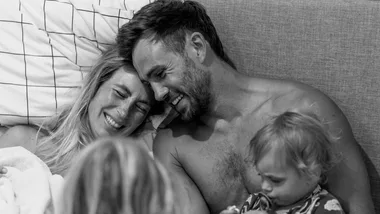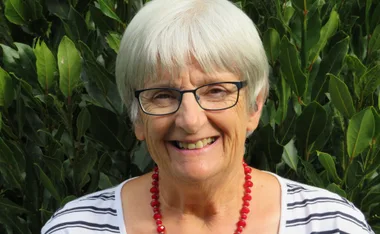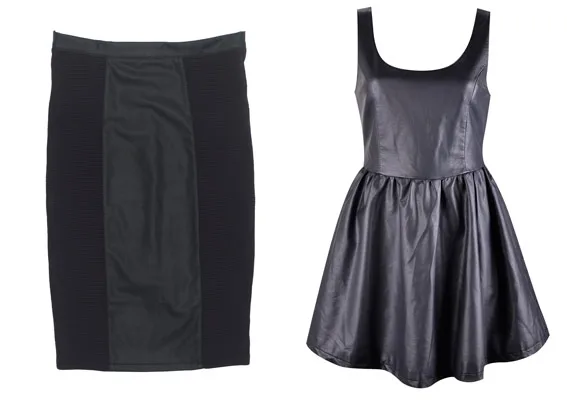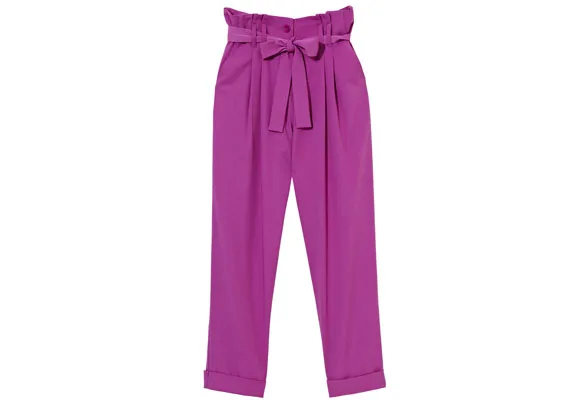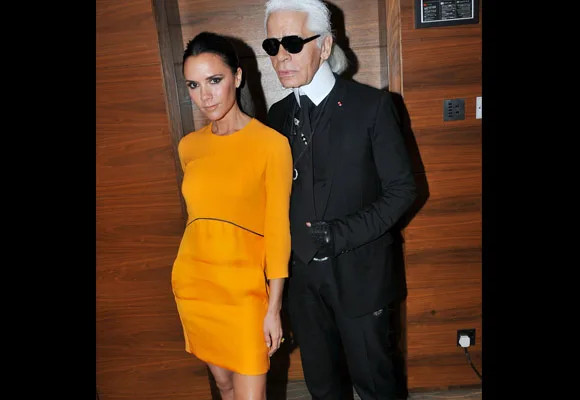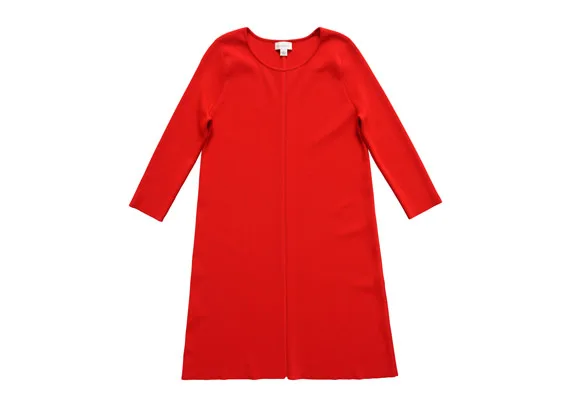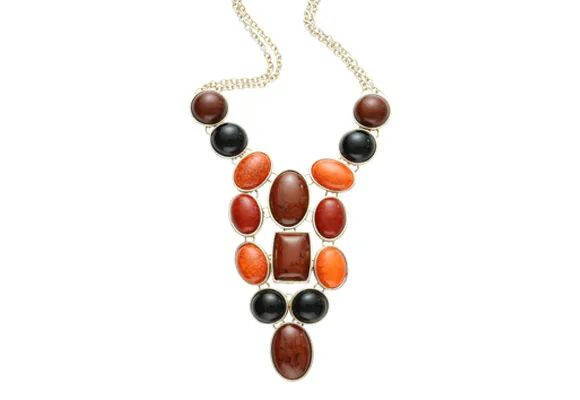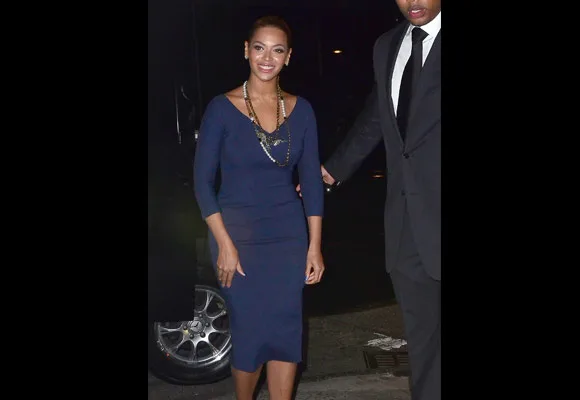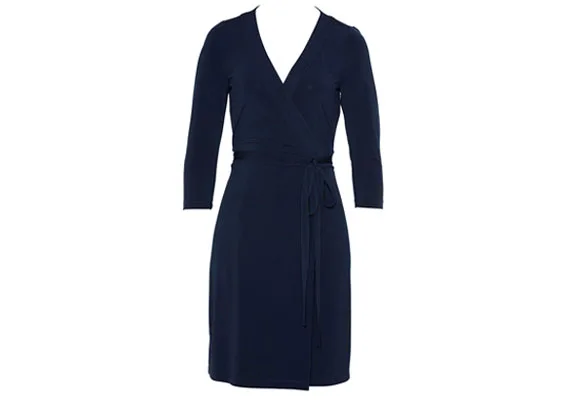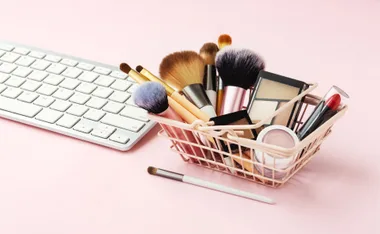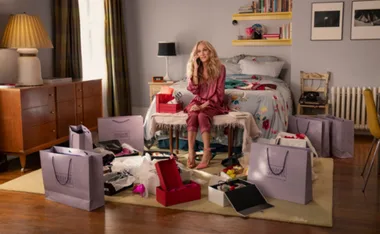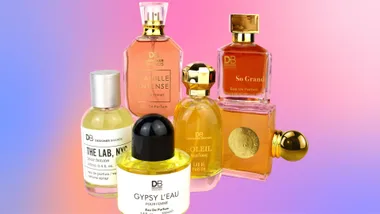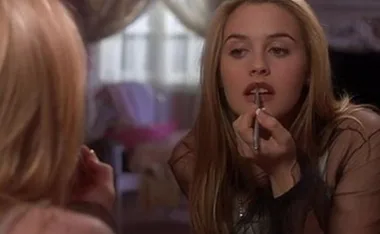Karen Seebohm reveals the lonely life of a professional swimmer and gives her tips for raising an Olympian.
Emily Seebohm is one of Australia’s most promising Olympic medal prospects but to her mother Karen, she will always be the cheeky little girl who loved nothing better than beating her big brothers in a bicycle race.
Karen is a swimming teacher and Emily spent most of her childhood at the pool — not that she ever stood still long enough for her mother to teach her anything.
“She was just the kid who came to the pool when I was teaching and ran around screaming,” Karen says.
“When we finally got her into the pool, she’d just fight with her brothers. It wasn’t until she was 12 that we suddenly realised, ‘Wow, we’ve got a seriously good swimmer on our hands’.”
In pictures: Emily Seebohm’s mum shares her favourite family photos
Seven years later and Emily is at a training camp in the US, preparing for the upcoming Olympic Games.
She will return home to Brisbane briefly in June, before jetting off to London in early July.
She is in the best form of her life, but it’s lonely at the top.
Emily dropped out of school in year 10 so she could focus on her swimming. Karen is certain it was the right decision, but it meant Emily’s childhood was cut short.
“At times I’ve felt very sorry for her,” Karen says. “When all her friends from school were having formals and all those normal teen things, Em was training around the clock.”
Friends have also been tricky for Emily. She was popular at school, but swimming has made it difficult to maintain normal friendships.
“Friends have been tough for her,” Karen says. “I feel very sad for her. She had some lovely friends at school but it’s too hard.
“Her only friends now are other swimmers because they are the only ones who really understand the commitment she has to swimming. They are the only ones who know what it’s like to be tired and cranky but still having to get up and do it all again the next day.”
Even for a professional athlete, Emily’s training regime is punishing. She gets up at 4.20am every morning and is in the pool by 5am.
She swims for two and a half hours, every morning, without exception. Rain or shine, summer or winter, Emily is swimming laps in her local outdoor pool.
She gets out of the water at 7.30am and goes straight to the gym, where she has a one hour and a half hour session with her strength trainer.
After a few hours break, she’s back in the afternoon to do it all again. But unlike many hopefuls, Emily’s hard work has paid off.
She caught the attention of Swimming Australia when she was 14 years old and quickly became one of the country’s best female backstrokers.
To date, Emily has broken a string of world and Australian records and won dozens of prestigious medals, including eight medals at the 2010 Commonwealth Games and gold in the 4x100m medley relay at the Beijing Olympics.
Karen is thrilled with Emily’s success, but sometimes wishes things had turned out differently.
Emily spends long periods of time away from home, travelling interstate and overseas for competitions and training and Karen misses her.
“It’s very hard to have her away all the time,” Karen says. “She’s still a baby. The first few years were very difficult.
“Her first overseas trip was to Italy when she was 14. It was her birthday and I can remember her crying on the phone to me saying, ‘It’s my birthday and nobody remembered!’ That was very tough on us.”
So does Karen have any advice for any other parents who want to raise an Olympian?
“Don’t get too carried away with,” she says. “You never want to be a pushy sport parent.
“It’s also really important to expose your kids to a wide range of sports and activities. You shouldn’t eat, drink and sleep swimming. That was never the focus in our house.
In pictures: Emily Seebohm’s mum shares her favourite family photos
“We had other kids who were all doing their best at their own things and it wasn’t all about Em or swimming. That’s one of her biggest assets. We never made swimming the be all and end all.
“We made sure she knew that she was a great person regardless of whether she was getting a world record time at 14, or whether she was not doing so well.”
Emily and Karen are supported by P&G, a proud sponsor of the London 2012 Olympic Games and a proud sponsor of mums.
Your say: Do you have any messages of support for Emily in the lead-up to the London Olympics?
Video: Emily Seebohm dominates swimming titles backstroke
Newsletter conversion description. Get the latest in your inbox.











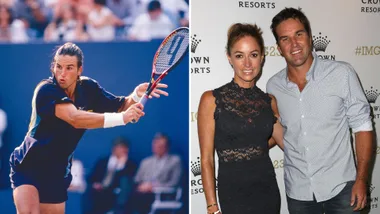


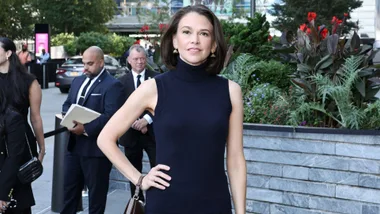


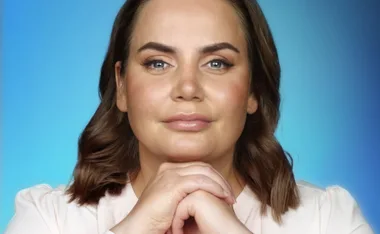



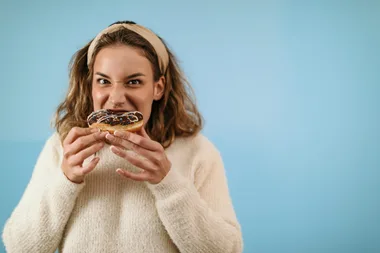












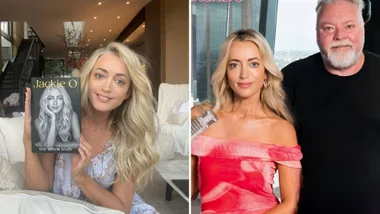

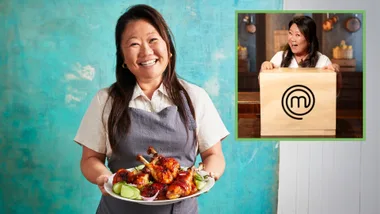



.jpg?resize=380%2C285)
.png?resize=380%2C285)

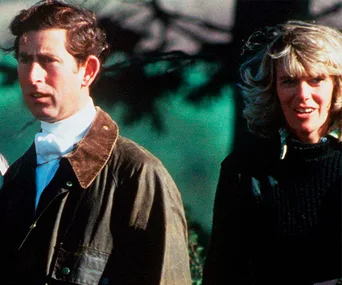



.jpg?resize=380%2C285)
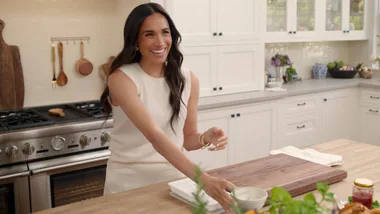




.jpg?resize=380%2C285)



